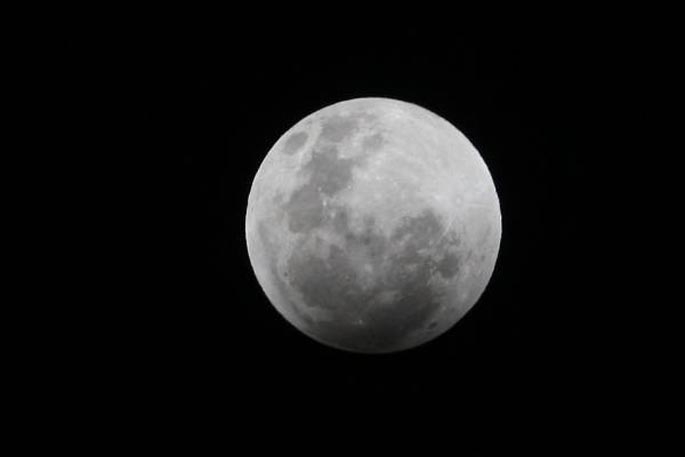The Moon is getting smaller and is prone to moonquakes, according to new NASA research.
Over the last several hundred million years, NASA scientists have found the moon has reduced its size by 50 metres due to a cooling interior, and it is still tectonically active.
As the moon shrinks, it gets wrinkled, which then forms "thrust faults" and results in one section of the surface crust pushing up over another crust.
"Our analysis gives the first evidence that these faults are still active and likely producing moonquakes today as the Moon continues to gradually cool and shrink," Thomas Watters, a senior scientist from the Center for Earth and Planetary Studies says.
The moonquakes recorded aren't minor, they are "fairly strong, around five on the Richter scale".
Resembling stair-shaped cliffs, the fault scarps are tens of metres high and extend for several kilometres.
A recent study, published in Nature Geoscience, analysed data from numerous seismometers on the Moon, placed by Apollo astronauts between 1969 and 1977.
The seismometers measured the shaking produced by moonquakes - ranging from two to five on the Richter scale - and used an algorithm to detect the locations.
From the data analysed and algorithms used, researchers were able to determine eight of the 28 shallow quakes recorded were within 30 kilometres of faults and were visible in lunar images.
As a result, researchers were able to "tentatively attribute" the recorded quakes to the faults.
Additionally, six of the eight moonquakes recorded near the faults occurred when the Moon was at its farthest point from Earth in its orbit - its apogee.
It's believed these slip-events - much like landslides - were caused by additional tidal stress heightened by the Earth's gravity.
"We think it's very likely that these eight quakes were produced by faults slipping as stress built up when the lunar crust was compressed by global contraction and tidal forces, indicating that the Apollo seismometers recorded the shrinking Moon and the Moon is still tectonically active," says Thomas.
To check their findings, researchers ran 10,000 simulations to see if this amount of quakes near faults can be coincidental, however, they found the chances are less than 4 per cent.
Researchers also explained that while meteoroid impacts have the ability to trigger moonquakes, "they produce a different seismic signature than quakes made by fault slip events," as stated in a press release
Another Nasa project, the Lunar Reconnaissance Orbitor (LRO) spacecraft, has snapped thousands of images of the fault scarps on the moon since 2009, showing various landslides on the Moon's surface.
By combining information gathered by LRO and data from the various Apollo missions, researchers were able to "advance our understanding of the Moon while suggesting where future missions intent on studying the Moon's interior processes should go," according to LRO project scientist John Keller.
Looking ahead, scientists hope to implement a new network of seismometers on the surface to "learn more about the Moon's interior and to determine how much of a hazard moonquakes present," says the study's co-author Renee Weber.
-Stuff.co.nz/Brittney Deguara.



0 comments
Leave a Comment
You must be logged in to make a comment.